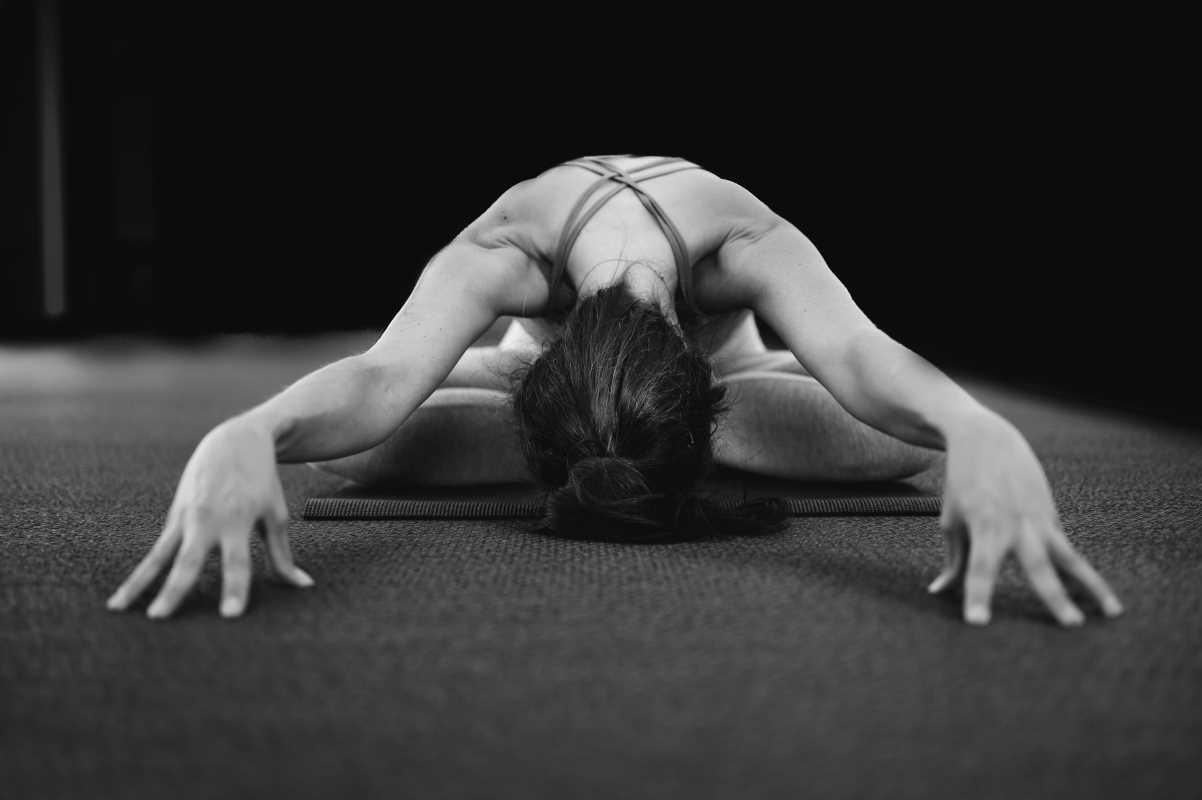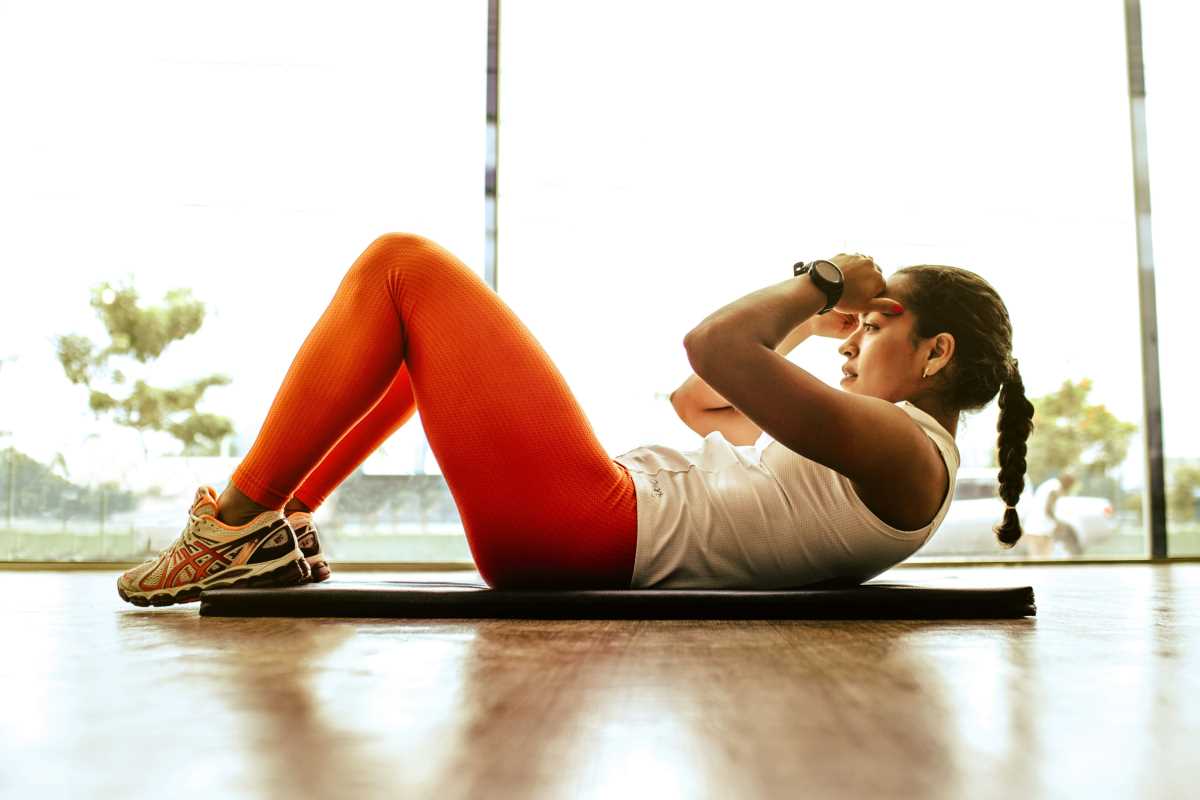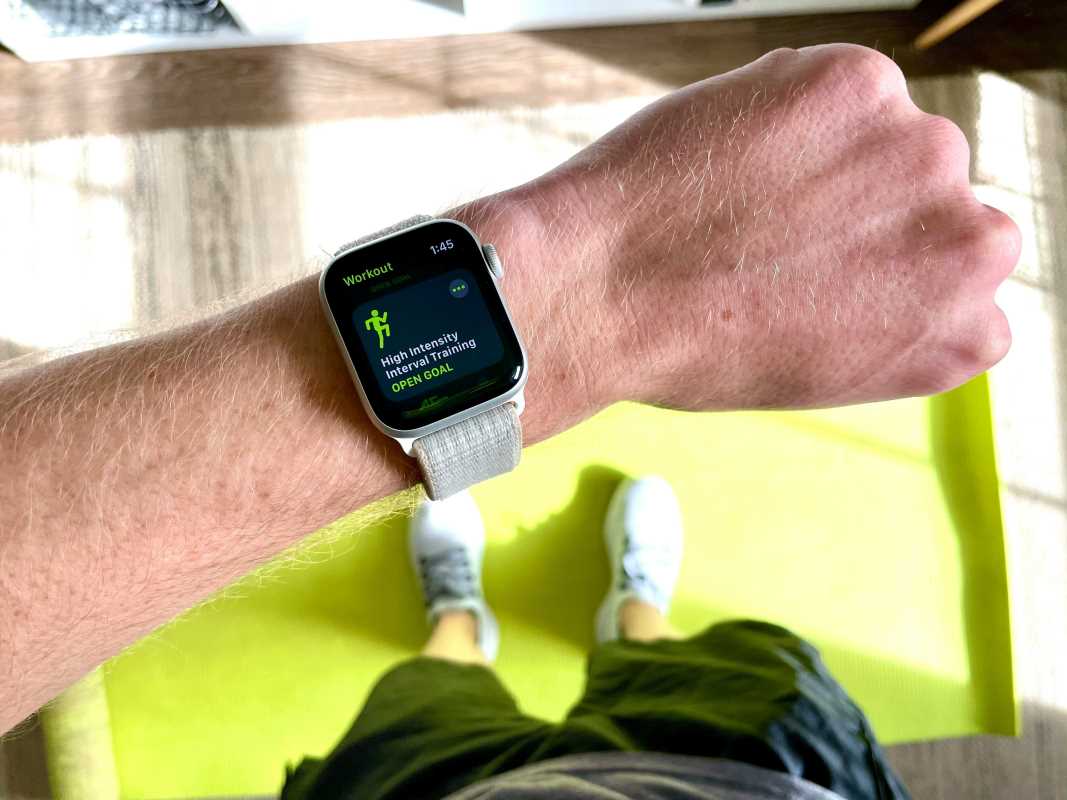Physical activity is vital for maintaining a healthy body and mind. But for every intense workout or long day of physical exertion, proper recovery is just as crucial. Muscle strain and fatigue are common outcomes of overused or underprepared muscles, and failing to address them can lead to discomfort, prolonged soreness, or even injury. That’s where restorative exercises come in.
Restorative movements are gentle by design, prioritizing healing, flexibility, and improved circulation. They help release tension, ease discomfort, and rejuvenate tired muscles without overexerting the body. The best part? These exercises are accessible for any fitness level and can be performed nearly anywhere. If you’re ready to help your body recover gently, try incorporating these five restorative exercises into your routine.
1. Gentle Yoga Poses
Yoga is one of the most effective ways to promote muscle recovery and reduce tension. It focuses on slow, mindful movement, stretching, and deep breathing. Certain poses are particularly great for relieving muscle strain and fatigue by increasing blood flow to sore areas, improving flexibility, and calming the nervous system.
Beneficial Yoga Poses for Recovery
- Child’s Pose (Balasana): Stretches the lower back, hips, and thighs while calming the mind.
- Downward-Facing Dog (Adho Mukha Svanasana): Lengthens the spine and stretches the hamstrings and calves.
- Reclined Butterfly Pose (Supta Baddha Konasana): Opens up tight hips and promotes relaxation.
Execution Tips
- Move slowly between poses to avoid sudden strain on sore areas.
- Focus on deep, diaphragmatic breathing to help your body fully relax.
- Hold each pose for 30 seconds to a minute, gently deepening the stretch as your body allows.
Yoga not only helps ease physical tension but also brings a profound sense of calm, making it a perfect recovery practice for both body and mind.
2. Foam Rolling
Foam rolling, also known as self-myofascial release, is a hands-on recovery technique that targets tight or overused muscles. Using a foam roller can release tension, break up knots in muscle fibers, and enhance blood circulation, which speeds up the recovery process.
How to Foam Roll
- Place the foam roller on the floor and position the target muscle group over it, such as your thighs, calves, or back.
- Slowly roll your body back and forth, applying gentle pressure to the kinks and tight spots.
- When you find a tender area, pause and breathe deeply, allowing the roller to release the tension.
Tips for Effective Foam Rolling
- Start with light pressure and increase intensity gradually.
- Foam roll each muscle group for 30 seconds to 1 minute.
- Avoid rolling directly over joints or bones to prevent discomfort.
Foam rolling is especially helpful after tough workouts or long, sedentary periods, as it restores mobility and soothes soreness quickly.
3. Swimming or Water Therapy
The buoyancy of water provides exceptional support for tired muscles, making swimming or water therapy an excellent choice for active recovery. The gentle resistance of water promotes muscle engagement without the risk of strain, while the soothing quality of water reduces inflammation and eases tension.
Benefits of Water Exercises for Recovery
- Low-Impact Resistance: Strengthens muscles without putting pressure on joints.
- Cooling Effect: Eases inflammation in sore or strained muscles.
- Full-Body Support: Reduces the impact of gravity, making it ideal for people recovering from injuries.
Ideas for Water Therapy
- Gentle Swimming: Opt for slow laps with breaststroke or sidestroke to avoid overexertion.
- Aqua Aerobics: Low-impact exercises like leg lifts and arm circles are effective in water.
- Stretching in the Pool: Perform stretches like side lunges or shoulder rolls while standing in shallow water to take advantage of the supportive environment.
Swimming or simply soaking in a warm pool can provide instant muscle relaxation, making it a favorite option for recovering athletes and anyone dealing with muscle fatigue.
4. Tai Chi
Dubbed “meditation in motion,” tai chi is a gentle, slow-moving martial art with profound benefits for recovery and stress reduction. This ancient practice emphasizes balance, fluid motion, and controlled breathing. Its low-impact nature makes it an excellent option for individuals seeking restorative movements for strained muscles.
How Tai Chi Helps Recovery
- Improved Circulation: The flowing movements encourage blood flow, aiding in nutrient delivery to fatigued muscles.
- Relaxation and Stress Relief: The focus on mindful, deliberate motion helps calm the nervous system and lower muscle tension caused by stress.
- Better Posture: Tai chi improves alignment, which can reduce physical tension and discomfort.
Getting Started with Tai Chi
- Look for tai chi tutorials online or attend a beginner-friendly class in your area for guided instruction.
- Start with basic sequences like "commencing the form" or "parting the wild horse's mane" before moving into more complex movements.
- Practice outside in a calm environment, such as a park or garden, to enhance relaxation.
Even just 10–15 minutes of tai chi can leave you feeling refreshed and ready to tackle your day.
5. Light Resistance Band Stretches
Resistance bands aren’t just for building strength; they’re also incredible tools for active recovery. With their flexibility and adaptability, resistance bands allow you to stretch tight muscles while maintaining gentle control. This is great for regaining range of motion and releasing tension in overworked areas.
How to Use Resistance Bands for Recovery
- Hamstring Stretch: Sit on the floor with one leg extended. Wrap the band around your foot and gently pull the ends toward you to stretch your hamstring.
- Shoulder Stretch: Hold the band with both hands behind your back and gently pull one end upward to stretch the opposite shoulder.
- Quadricep Stretch: While standing, loop the band around your ankle and carefully pull your heel toward your glutes.
Quick Tips for Effective Band Use
- Always start with a light-resistance band to avoid overstretching.
- Hold stretches for 20–30 seconds and repeat 2–3 times per muscle group.
- Use smooth, controlled movements to improve muscle fiber recovery.
Bullet Point Progression Ideas for Resistance Band Stretches
- Begin with static stretches using minimal tension and focus solely on movement.
- Gradually incorporate dynamic movements like stretches with small pulses to increase range of motion.
- Once strength improves, integrate light resistance training alongside your stretches.
Adding resistance bands into your recovery practice makes stretching accessible, versatile, and highly effective for alleviating soreness or tightness.
Restore Yourself
Whether you’re dealing with post-workout soreness or the general fatigue of daily life, restorative exercises are your secret weapon for managing muscle strain and feeling rejuvenated. Incorporating gentle yoga poses, foam rolling, swimming, tai chi, or resistance band stretches into your recovery routine allows your body the time and tools it needs to heal effectively.
The goal is to move mindfully and listen to your body. Recovery isn’t about pushing harder; it’s about balancing effort with rest. By focusing on these calming and restorative movements, you’ll enjoy stronger, healthier muscles and a sense of well-being that carries into every aspect of life.
Your body does so much for you, day in and day out. Dedicate time to proper recovery, and it will keep rewarding you with strength, flexibility, and resilience. Now it’s your turn to roll out a mat, grab a foam roller, or take a plunge into the pool, and start reaping the benefits of these restorative exercises today.
 (Image via
(Image via





